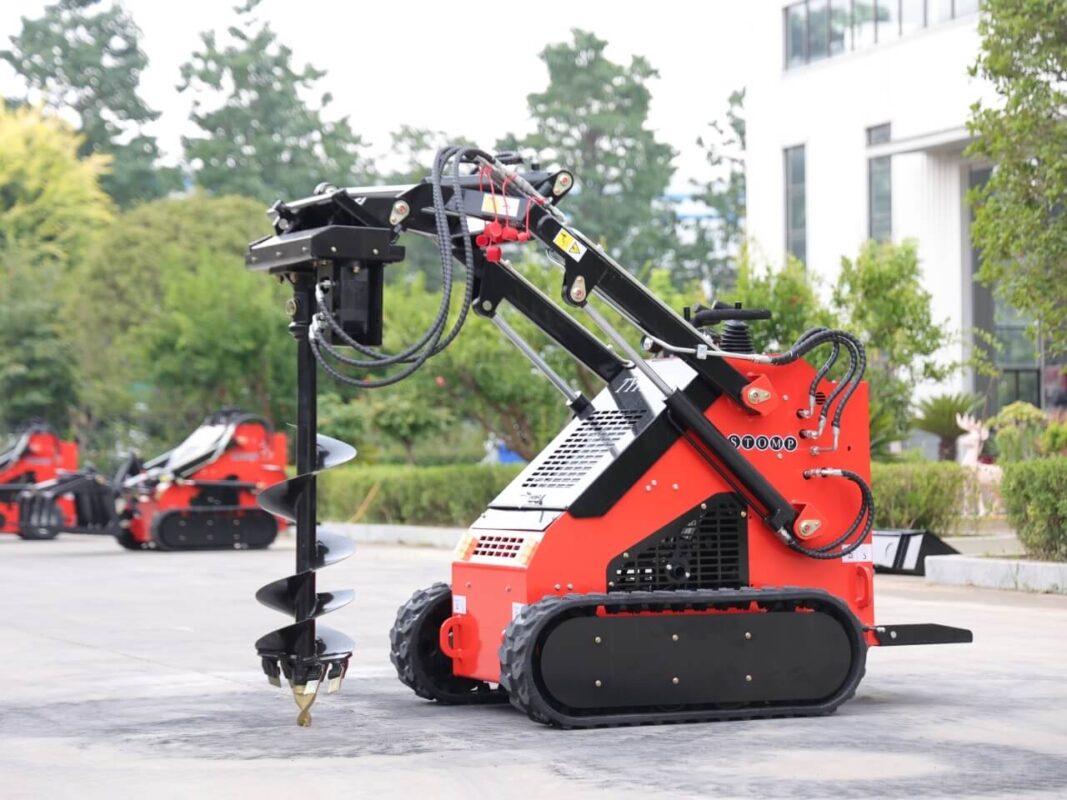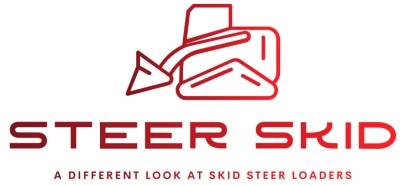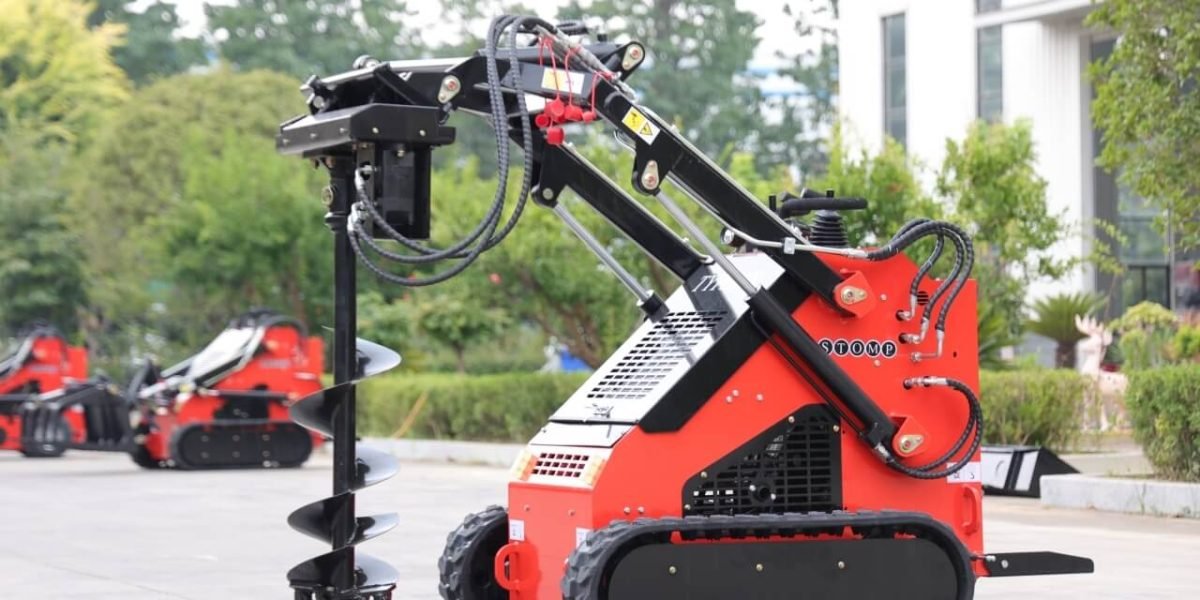
How Skid Steer Loaders Work and Their Applications in Construction
Skid steer Loaders are often regarded as the workhorses of construction sites due to their sturdy mechanics and extensive range of functions. This in-depth investigation explores the complex mechanisms underlying skid steers, clarifying their working principles, many uses, and the changing technological scene.
A skid steer Loaders hydraulic system, an engineering marvel that enables precise control over a variety of movements and attachments, is fundamental to its operation. Hydraulic cylinders that are in charge of actions like lifting, tilting, and steering are activated by hydraulic pumps, which are normally driven by the skid steer’s motor. Through the use of valves and hoses to adjust the hydraulic fluid flow, operators may control the machine with incredible dexterity, allowing it to easily navigate through confined locations and do complex tasks.
A close inspection of the skid steer Loaders parts reveals a mechanically brilliant symphony. The engine, hydraulic reservoir, and other essential parts are housed in the chassis, which is designed for stability and longevity. Because of the loader arms’ crucial function and their capacity to accept a wide variety of attachments, skid steers may perform a wide range of activities, from grading and snow removal to excavation and material handling. Additionally, the machine’s capabilities are increased by auxiliary hydraulic circuits, which make it possible to seamlessly integrate specialist tools like augers, grapples, and hydraulic breakers.
Empirical case studies highlight the significant influence that skid steers have on a variety of businesses. These agile construction tools are excellent for clearing debris, demolishing buildings, and preparing sites; they also increase productivity and safety on the job site. Their ability to operate in confined spaces is advantageous for landscaping projects as it makes operations like planting trees and installing sod easier. In the meanwhile, skid steers are invaluable in agriculture for tasks like bale handling, brush removal, and livestock feeding. They increase output while lowering labor expenses.
Skid steer technology has a bright future full of innovation and potential as it advances. New developments in telematics integration, augmented reality interfaces, and autonomous operation portend historic gains in efficiency and security. Additionally, advances in electrification and alternative fuels portend a more environmentally friendly and sustainable future for skid steer technology, in line with worldwide initiatives for environmental stewardship.
In summary, skid steers’ durable value and flexibility to a variety of tasks are a result of its strong mechanics, user-friendly controls, and versatility in the construction, landscaping, and agricultural industries. Skid steers continue to be essential tools in the fight for sustainability, efficiency, and productivity in a wide range of industries as they develop in step with technology.

